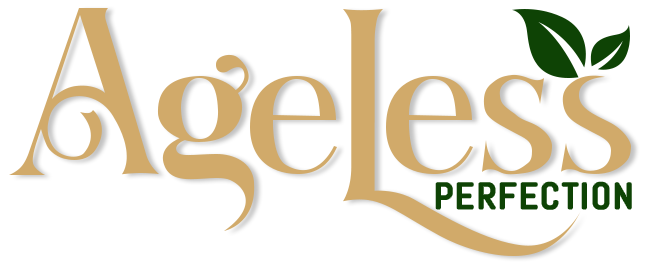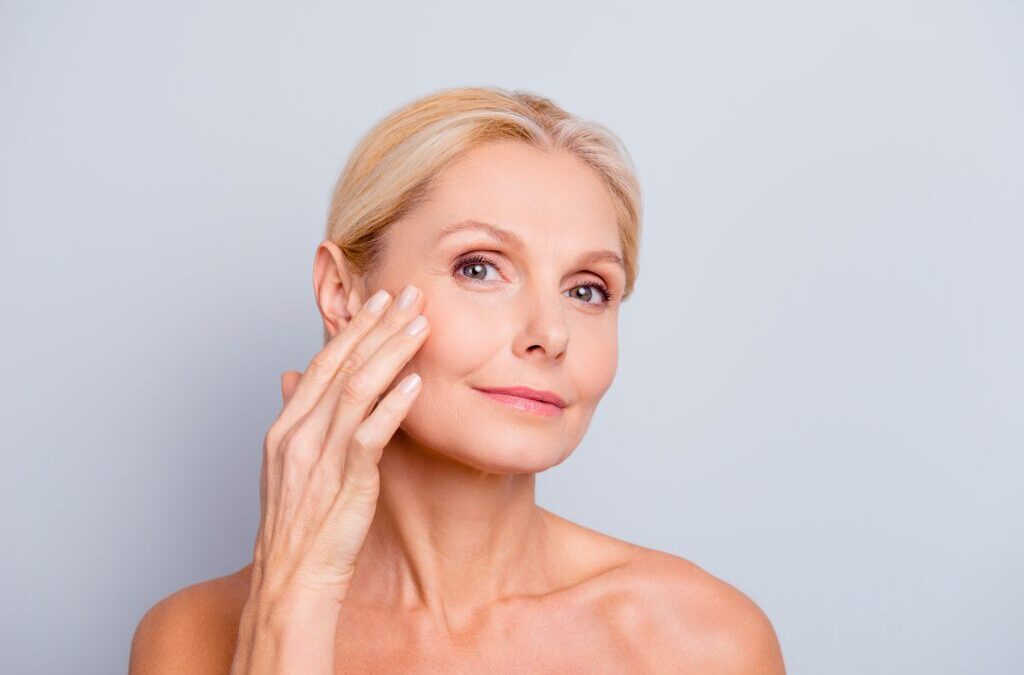When patients first ask me about OPUS Plasma, it usually starts with this: “How many sessions do I really need to see results?” And I always answer honestly: while you can see results after just one treatment, the magic truly unfolds over a series.
Think of OPUS Plasma like training your skin for a marathon, not a sprint. Each session builds upon the last, nudging your skin to repair, rebuild, and reveal that healthier, more radiant version of you. And as someone who’s been caring for patients for over 30 years—from OB/GYN to medical aesthetics—I’ve learned the best outcomes come when we give the body time to respond with care and consistency.
Let’s walk through what that journey looks like, so you know what to expect and how we approach OPUS Plasma treatments here at Ageless Perfection.
1. What Is OPUS Plasma & Why a Series Matters
OPUS Plasma is a fractional skin resurfacing technology that uses plasma energy (yes, actual charged gas particles!) to create controlled micro-injuries in the skin. This stimulates your body’s natural healing process—specifically collagen and elastin production.
Now, collagen isn’t something you can just slap on topically. As we age, it declines like a slowly deflating balloon. What OPUS does is send your skin a wake-up call to start producing more of it again.
Why multiple sessions? Because skin rejuvenation is a layered process. Just like you wouldn’t expect one workout to make you fit, a single OPUS session might freshen the surface, but it’s the repeated treatments that bring deeper renewal—firmness, tone, clarity, and texture.
In our small-town Wyoming practice, clients often want visible results, but also natural ones. That’s why we build thoughtful treatment plans over time. No rush, no pressure—just steady progress.
2. Pre-Treatment Skin Preparation
Before we ever fire up the OPUS device, we spend time prepping your skin. Why? Because healthy, balanced skin responds better and heals faster.
Here’s how I guide my clients:
- Skin priming: I may recommend starting on a retinoid or pigment-lightening agent a few weeks before. This helps even tone and minimizes post-treatment discoloration, especially for those with melasma or sun spots.
- Sun protection: We’ll ask you to avoid sun exposure, tanning beds, or harsh outdoor activity in the weeks before. Sun-damaged skin is more sensitive and prone to complications.
- Avoid harsh treatments: No deep peels, lasers, or microneedling 3-4 weeks before your OPUS session.
- Medical history: We always review your full health background—including any autoimmune conditions, active acne, or infections—to ensure you’re a safe candidate.
My approach is conservative, because I care about long-term results and minimizing risk. You can trust that I treat your skin like I would treat my own.
3. Treatment Protocol: Building Session by Session
Most clients benefit from a series of 3 to 4 OPUS treatments, spaced about 4 to 6 weeks apart. Each session is tailored to your skin’s response, concerns, and healing ability.
Here’s how we progress:
- First session: Often gentle to moderate. We’re observing how your skin responds. You may see smoother texture and brighter tone right away.
- Second and third sessions: We may increase the energy settings, perform more passes, or focus more deeply on areas like acne scars, lines, or laxity.
- Fourth session and beyond: This depends on your goals. For deeper wrinkles or sagging, we may continue with an aggressive setting, but only if your skin is ready.
Every visit includes time with me personally—I adjust settings, calibrate depth and density, and track your progress with photo documentation. No guesswork. Just customized, physician-led care.
4. What to Expect at Each Session
You’ll arrive with clean skin (we’ll help with that), and we’ll apply a topical numbing cream for about 30-45 minutes. This helps minimize discomfort.
During the treatment, you might feel:
- A warm or prickly sensation
- A bit of heat, especially on bony areas
- Minor zapping, like static electricity
The entire session takes about 45 minutes to an hour, depending on how many areas we treat. Common zones include:
- Face (full or partial)
- Neck
- Chest
- Hands
- Stretch marks or scars on the body
After each session, the results accumulate. We often hear clients say, “I didn’t realize how dull my skin looked until it started to glow again.”
5. Recovery & Side Effects Between Sessions
Here’s the honest scoop on recovery. Most people experience:
- Redness like a sunburn for 1–3 days
- Swelling, especially around the eyes or mouth, for 24–48 hours
- Peeling or dryness as the top layer sheds (days 2–5)
Downtime is manageable. Many clients feel comfortable returning to work the next day with light makeup.
Post-care is essential:
- Gentle cleanser and fragrance-free moisturizer
- Physical sunscreen (SPF 30+)
- Avoid exfoliation or heat (hot tubs, saunas) for a few days
The trick is not to expect a total transformation after one session. Your skin is remodeling beneath the surface. Give it grace and patience.
6. What Results Look Like Over Time
Clients often ask, “What will I see and when?” While results vary, here’s a general timeline:
- After 1 session: Brighter tone, smoother surface, reduced pore appearance
- After 2-3 sessions: Firmer skin, softened fine lines, diminished scars or crepey areas
- After full series: Tighter contour, improved laxity, healthier glow
Think of it as layering good habits—each treatment strengthens your skin’s foundation. I’ve had clients return after 6 months amazed at how their skin continues to improve.
7. Why One Session Isn’t Enough (Usually)
Can one OPUS session be beneficial? Absolutely. But deeper goals—like lifting the jawline, smoothing acne scars, or reversing years of sun damage—require more.
Here’s why we pace it:
- Collagen builds slowly. Like a garden, you need time to plant, water, and let it grow.
- Gradual improvement = natural results. No shocking changes, just a refreshed, rested look.
- Less risk of overtreatment. We avoid unnecessary damage by spacing and monitoring.
It’s the kind of care you get when your treatment plan is made by someone who knows your skin, not a technician rushing through a menu.
8. Client Profiles: Who Benefits from a Series?
In our practice, we’ve seen amazing results in:
- Women and men in their 40s to 70s noticing early sagging or wrinkles
- Post-acne clients with scarring or uneven skin
- Farmers, ranchers, and outdoor enthusiasts with sun damage
- Those seeking an alternative to more invasive lasers or surgery
Lighter sessions may be ideal for younger clients as maintenance or prevention. Occasionally, we recommend a single treatment for a special event, but we’ll always discuss expectations.
And yes, we treat all skin tones—safely and effectively. We customize energy levels to reduce pigment risk.
9. Our Approach at Ageless Perfection
I perform every OPUS treatment myself. That means you’re not just booking a service—you’re getting a consultation, a plan, and physician oversight every step of the way.
We track your progress with photos, adjust based on real-time feedback, and never use cookie-cutter protocols. Your skin is unique. Your plan should be, too.
And because we’re a small, local practice, we take the time to explain things in a way that makes sense. Whether you’re a ranch mom from Clark or a retired teacher from Powell, you deserve care that respects your goals and your lifestyle.
10. The Bottom Line
OPUS Plasma can absolutely transform your skin—but the key is the series. Like most good things, it takes time, consistency, and guidance.
If you’re curious whether a series is right for you, come in and let’s talk. We’ll take a look at your skin, your goals, and your schedule, and map out something that feels realistic and rewarding.
Because at the end of the day, it’s not just about procedures. It’s about feeling more confident when you look in the mirror, and knowing you’re doing something good for yourself.
Let’s talk about what’s right for you.

